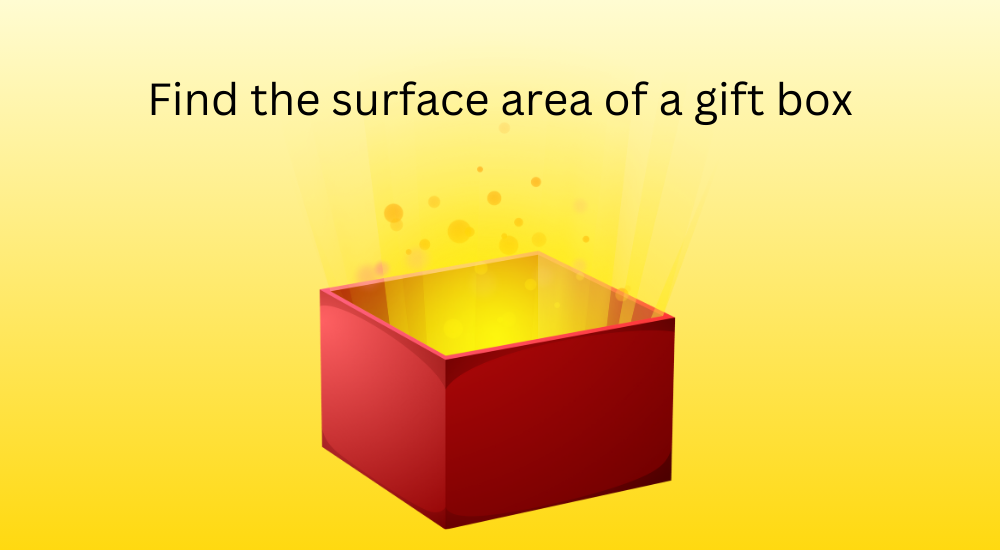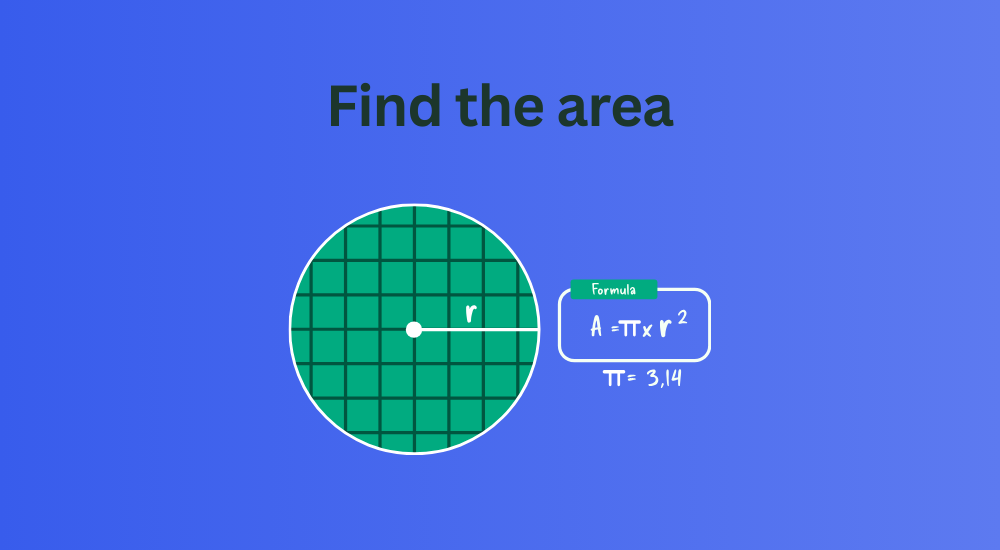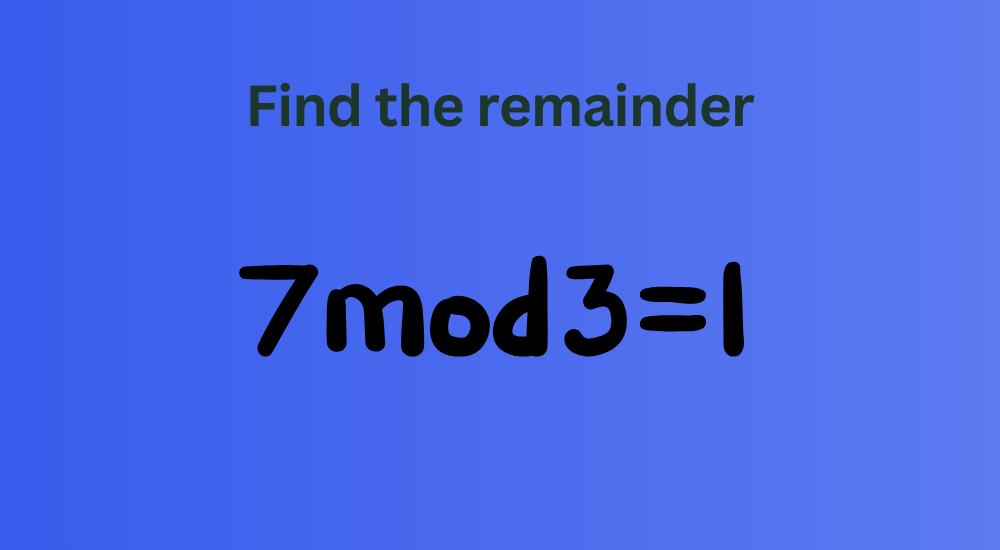Surface Area:
Knowing how to calculate the surface area of a rectangular prism is incredibly helpful for many practical purposes.
Whether you’re wrapping a gift, planning a painting project, or working on a construction task, understanding surface area will help you know how much material you need to cover all sides of a 3D object.
Our Rectangular Prism Surface Area Calculator makes this easy—simply input the length, width, and height, and the calculator will do the rest.
The Formula for Surface Area Calculation
The surface area of a rectangular prism is the total area of all six of its faces. Since a rectangular prism has three pairs of identical opposite faces, the formula for surface area is:
Surface Area = 2×(Length×Width) + 2×(Length×Height) + 2×(Width×Height)
Essentially, you’re calculating the area of each face, multiplying by two (since each face has a matching opposite), and then summing all these areas together to get the total surface area.
Practical Examples
Example 1: Surface Area of a Gift Box

Let’s say you’re wrapping a gift box that’s 10 inches long, 8 inches wide, and 4 inches tall. To calculate the surface area:
- First, calculate the area of each pair of faces:
- Front and back: Length × Height = 10 × 4 = 40 square inches
- Top and bottom: Length × Width = 10 × 8 = 80 square inches
- Sides: Width × Height = 8 × 4 = 32 square inches
- Now multiply each by two (since the opposite sides are the same size) and add them together:
- 2 × 40 + 2 × 80 + 2 × 32 = 80 + 160 + 64 = 304 square inches
So, the total surface area of the box is 304 square inches.
Example 2: Surface Area of a Swimming Pool
Now, let’s say you’re calculating the surface area of the inside walls of a rectangular swimming pool that is 20 meters long, 10 meters wide, and 5 meters deep. Using the same formula:
- First, calculate the area of each pair of faces:
- Front and back: Length × Height = 20 × 5 = 100 square meters
- Top and bottom: Length × Width = 20 × 10 = 200 square meters
- Sides: Width × Height = 10 × 5 = 50 square meters
- Multiply by two and add them together:
- 2 × 100 + 2 × 200 + 2 × 50 = 200 + 400 + 100 = 700 square meters
The total surface area of the pool’s inside walls is 700 square meters.
Why It’s Nice to Know Surface Area
Understanding how to calculate surface area is useful for many reasons. It helps you determine how much material you’ll need for projects like painting, tiling, or covering an object. By knowing the surface area, you can plan and budget accordingly, avoiding unnecessary purchases or running out of materials.
It’s also a great way to estimate costs. For example, if you’re painting a room or wrapping a gift, knowing the surface area allows you to calculate exactly how much paint, wallpaper, or wrapping paper you need. This saves both time and money by ensuring you have just the right amount of materials on hand.
Real-Life Examples of Where Surface Area is Useful

- Painting or Wallpapering: If you’re redecorating a room or an object, calculating the surface area helps you know how much paint or wallpaper you’ll need to cover all the walls or surfaces.
- Wrapping Gifts: When wrapping a box or present, knowing the surface area will help you figure out how much wrapping paper to cut.
- Tiling: If you’re laying tiles on a floor, wall, or surface, you need to know the surface area to determine how many tiles to buy.
- Construction: Builders need to calculate the surface area of walls, floors, and ceilings to determine how much material is needed for insulation, concrete, or cladding.
- Manufacturing: In product design and packaging, surface area is crucial for determining how much material is needed to create or cover an item, whether it’s a box, bottle, or machine part.
Conclusion
Knowing how to calculate the surface area of a rectangular prism is a valuable skill in many day-to-day tasks, from construction and renovations to arts and crafts. With our Rectangular Prism Surface Area Calculator, you can easily input the dimensions and instantly find the total surface area you need.
This helps with budgeting materials, estimating costs, and ensuring you have everything you need to complete your project.
Related article: Volume calculator of a prism

















